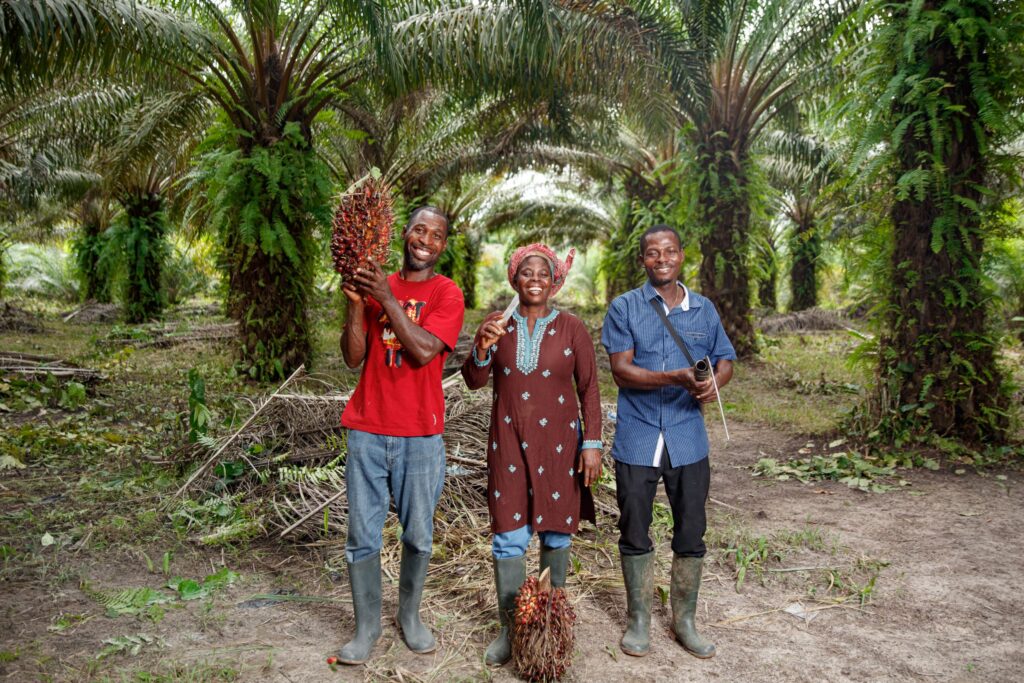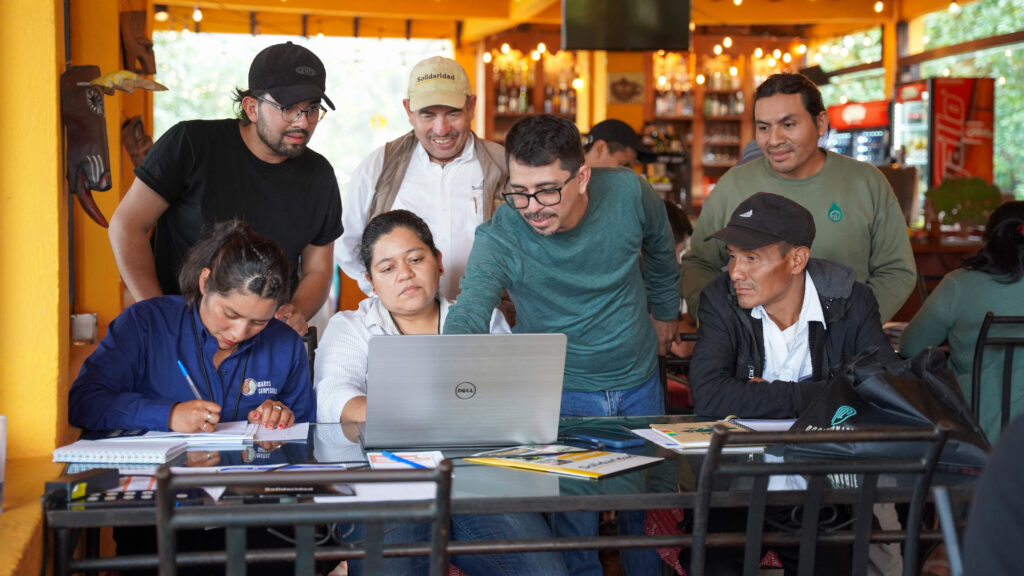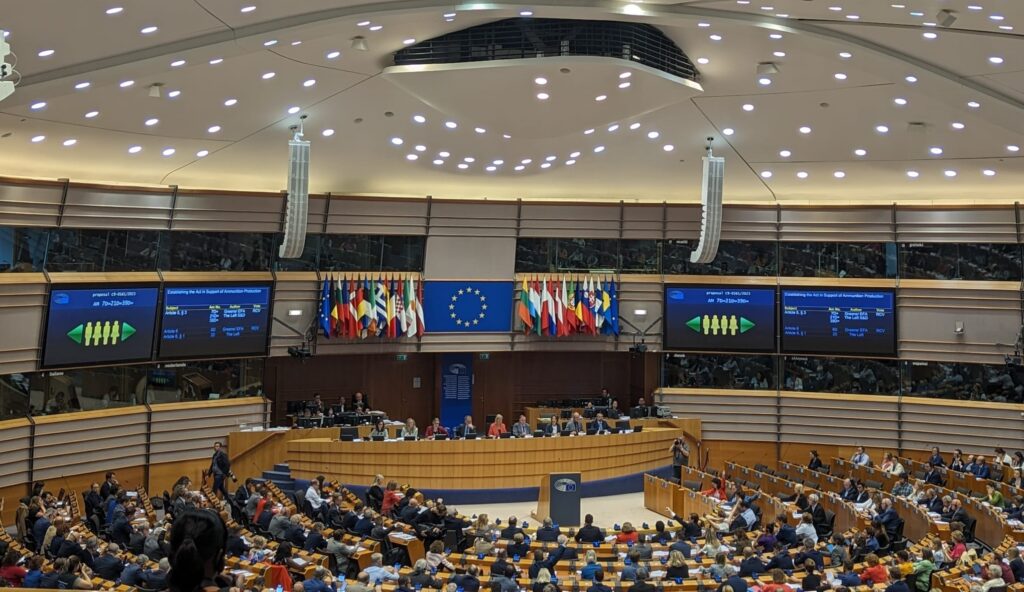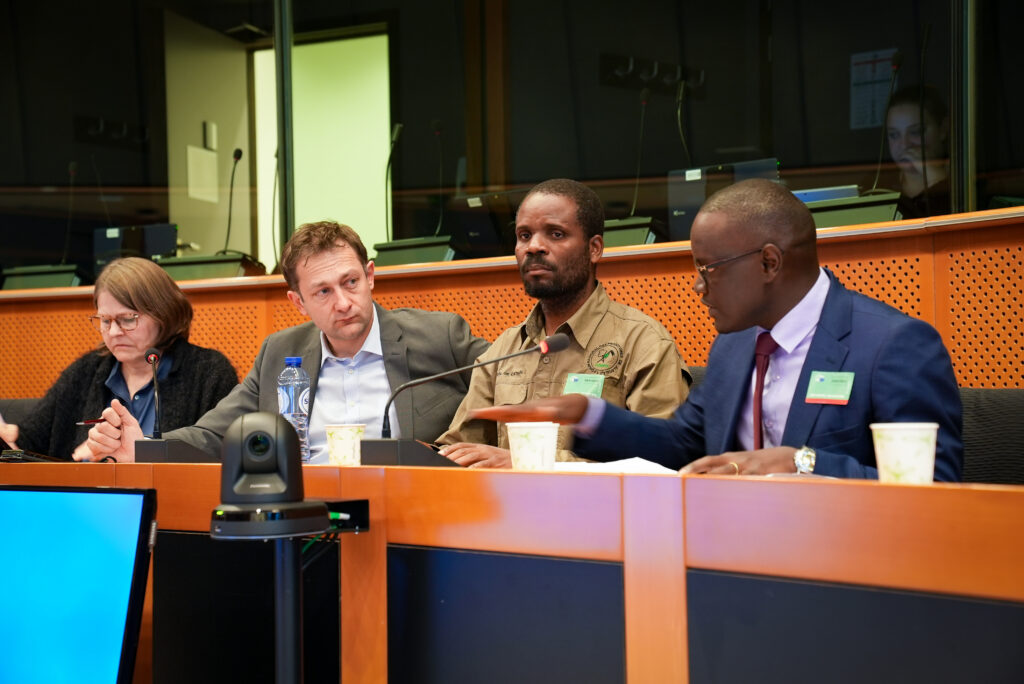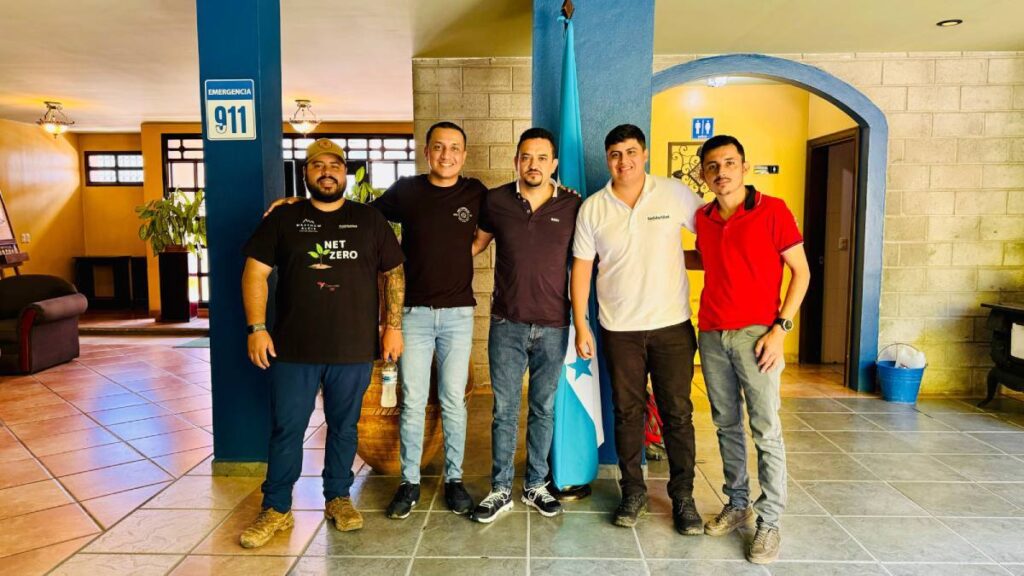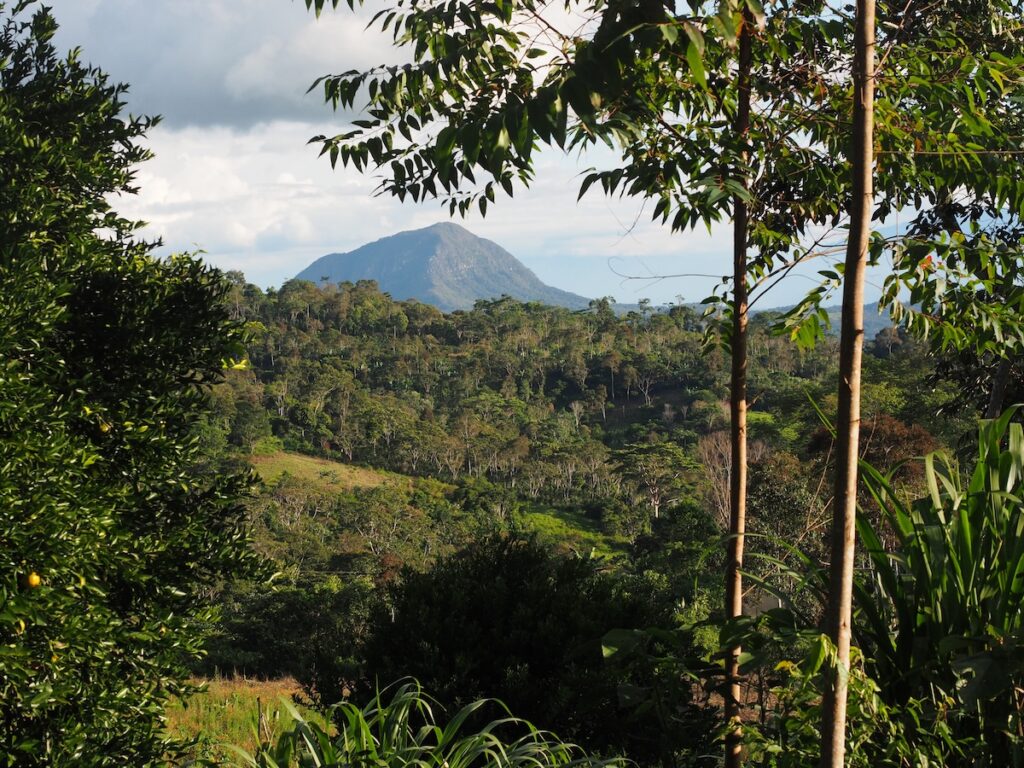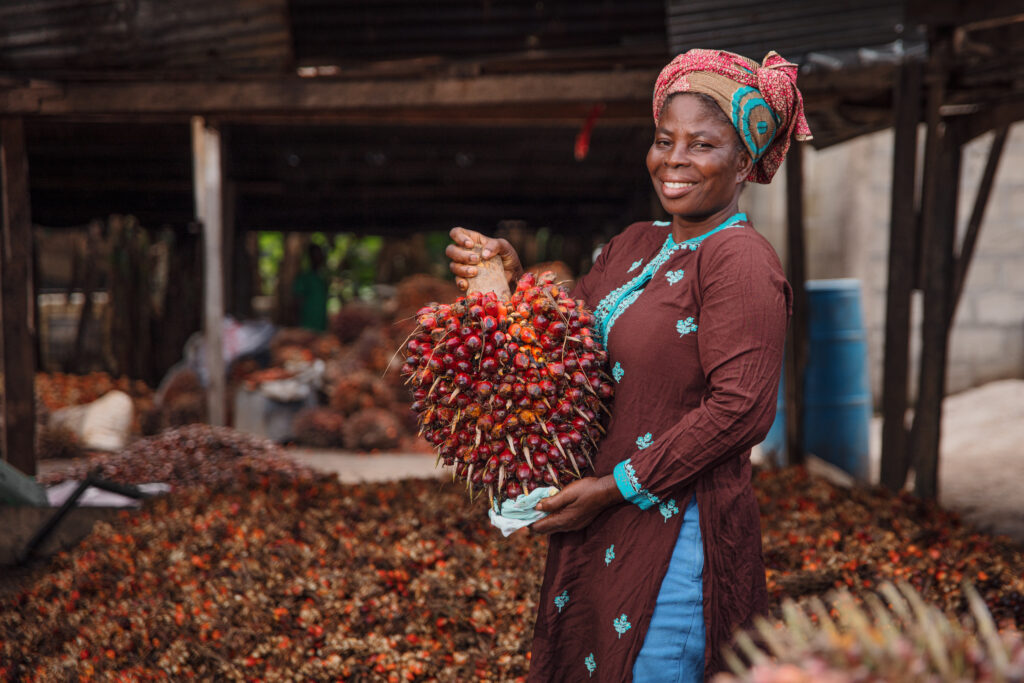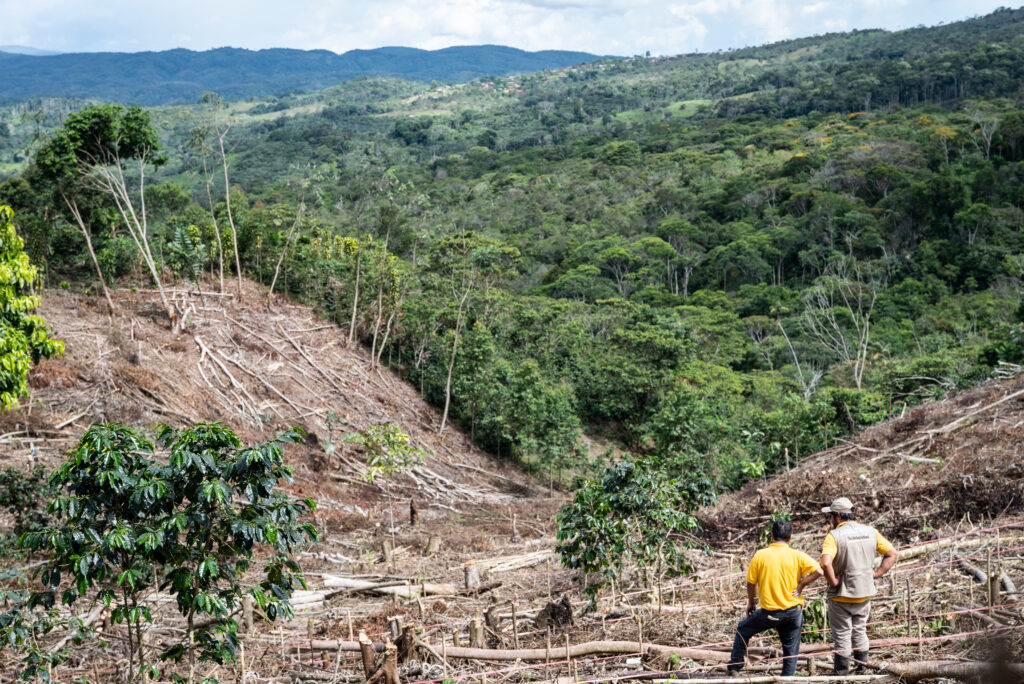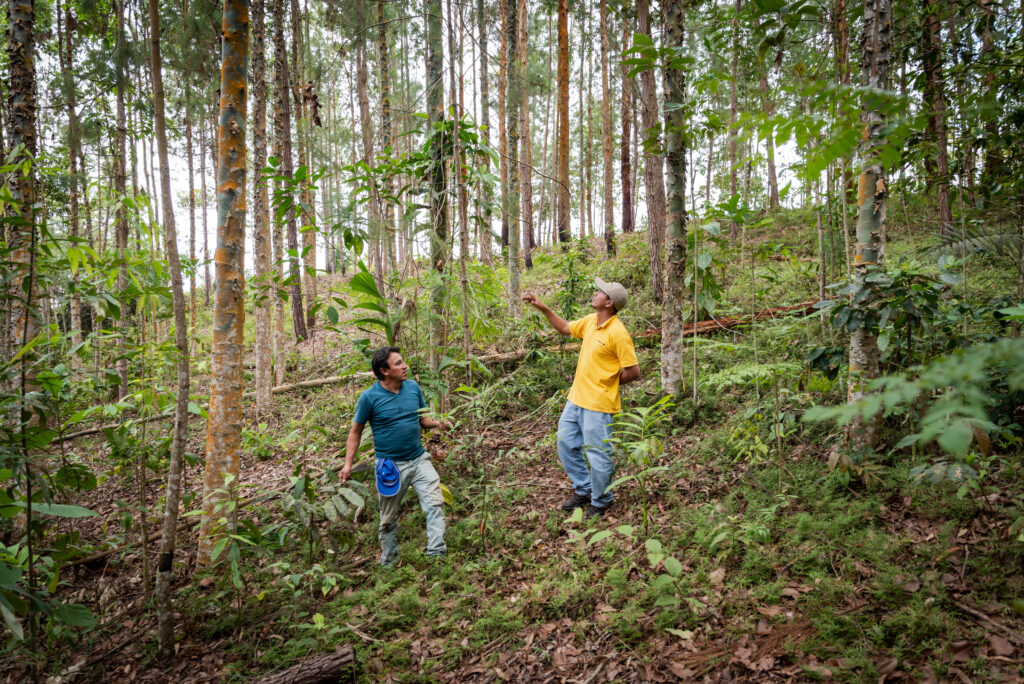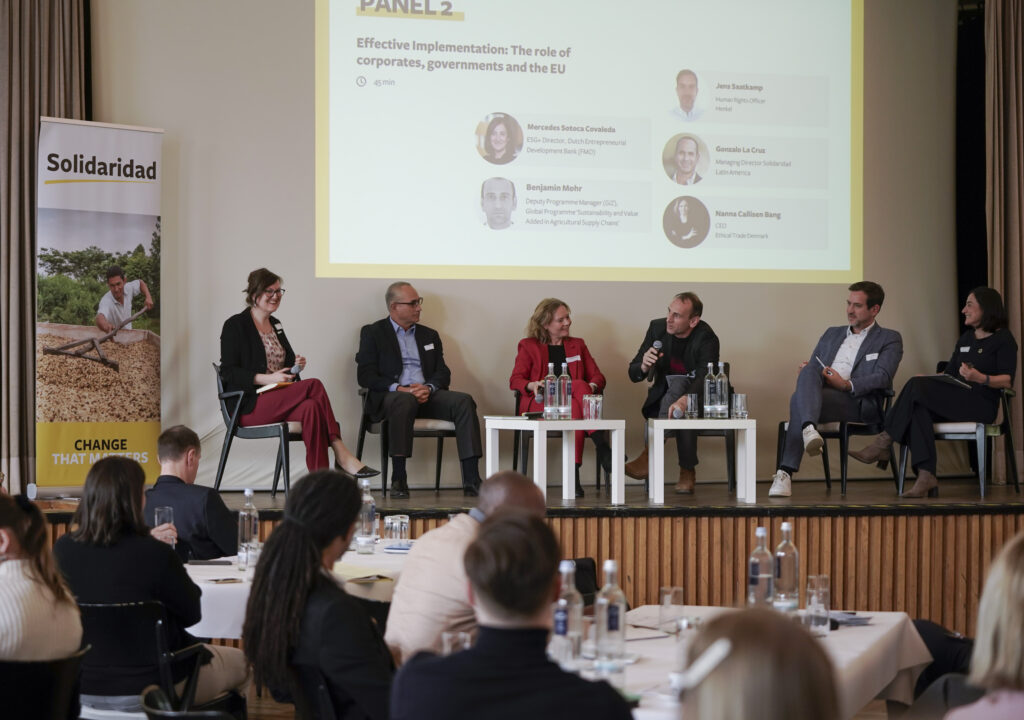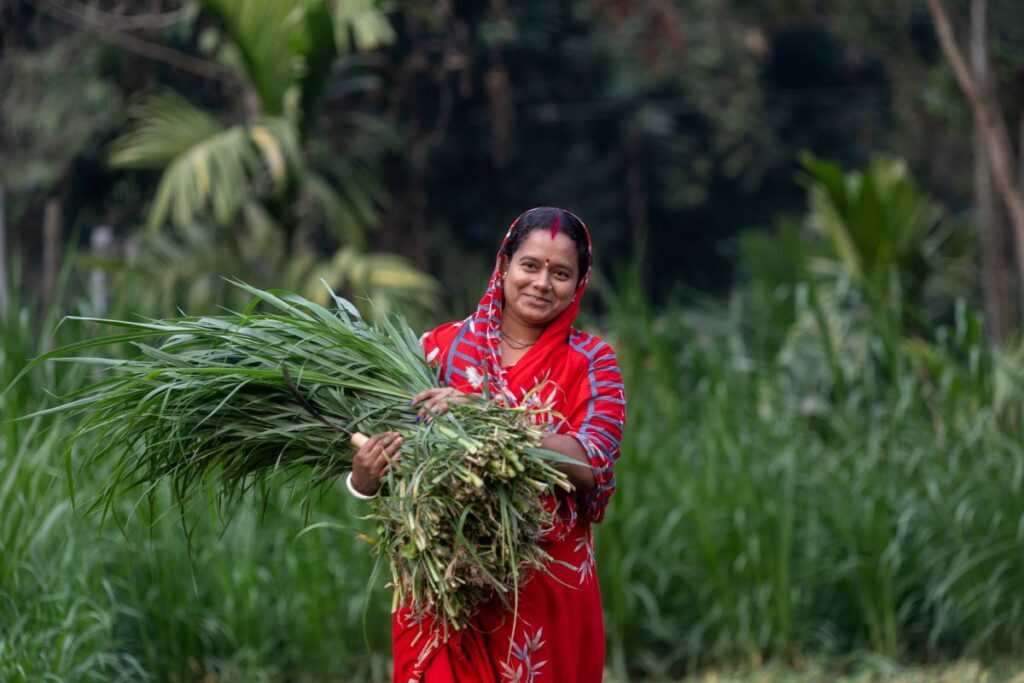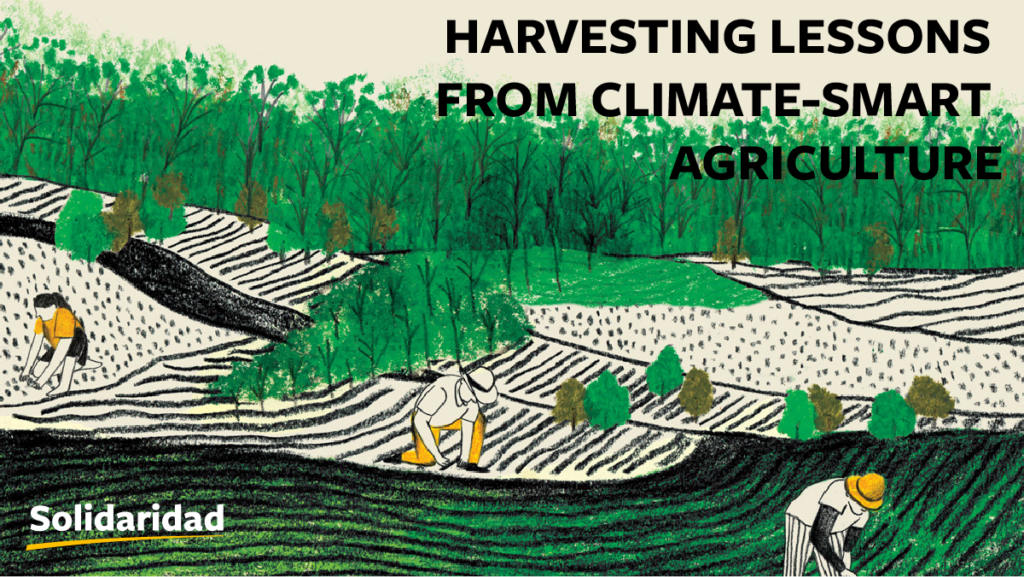In this interview, Jackeline Londoño, coffee project coordinator for Colombia, discusses the variables that create better long-term quality of life for smallholders. Sofía Núñez, country lead in Honduras, highlights the impact and importance digital tools, such as TRACE, have in supporting value distribution in the coffee sector. TRACE is a blockchain-enabled platform developed by Fairfood with the aim to enable companies to trace their products up to the farmers and increase transparency about the product’s origins for the consumers, and this tool is being implemented in our joint project with Fairfood in Honduras.
Which variables impact farm economics and smallholders’ quality of life?
Jackeline Londoño: First, we must measure the smallholders’ economic viability with indicators. In this case, the indicator that best represents the economic performance of coffee is net income. The net income is the remaining money that the family has left after having covered the production costs of their main and secondary crops.
In the studies we carried out, we found two variables that are decisive in explaining the net income, these are the coffee growing area and productivity. A third variable, which is important but not as important, is the selling price. These three variables are the ones that best explain net income.

Why does the sale price have less impact?
JL: Through the 2021 coffee production costs study we confirmed that, compared to 2020, there was an increase in the sale price of at least 60% in the Colombian coffee farms, however, the results remained consistent: the most important variable is the coffee growing area, followed by the farm’s productivity. Sale prices are third in line.
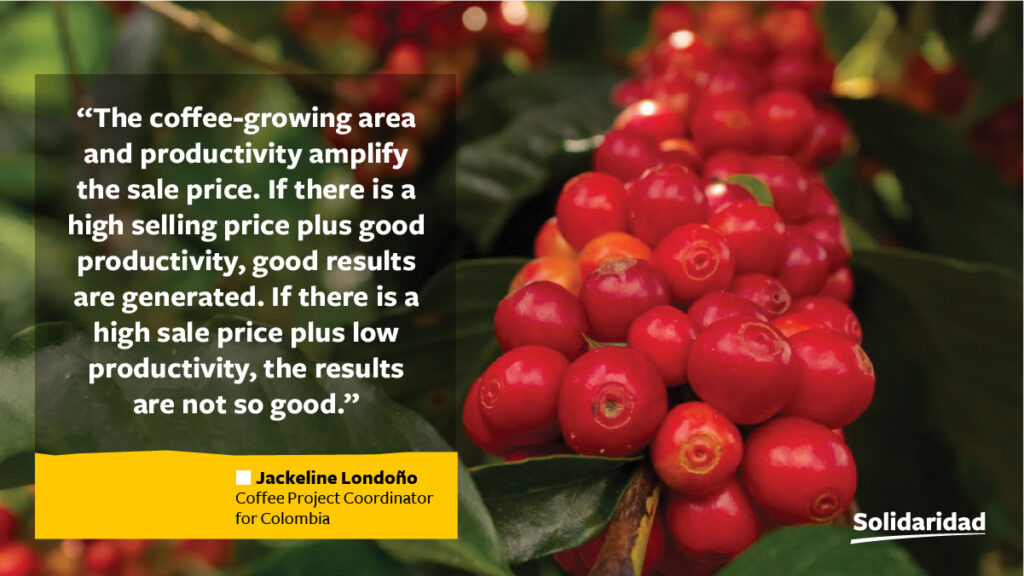
This tells us that a high selling price is not a magical solution. When there is a restriction in the growing area or productivity, a high selling price may not increase net incomes overall.
What other variables impact the smallholders net income?
JL: The coffee-growing area is a variable that gives little or no room for adjustment. This is why it is necessary to seek other ways to help improve smallholders’ net income. These alternatives may not have an equivalent impact to growing area and productivity, but they will still help smallholders.
We have found that food production on the farm and support from family members working on the coffee production help improve smallholder net income. Considering these as contributing variables could provide insight into seeking others that were not considered before. This could improve the value distribution in the coffee sector.
How can the TRACE tool improve the value distribution for smallholders?
Sofia Núñez: Using a digital tool focused on transparency adds value to the information gathered in the field at each stage of the process throughout the coffee chain. In addition, it shows the links in the chain with hard data, which helps guarantee a fair distribution of resources in the different stages and to add value.
The results of using TRACE reflect an improvement in efficiency, traceability, equity, and value distribution for coffee smallholders.
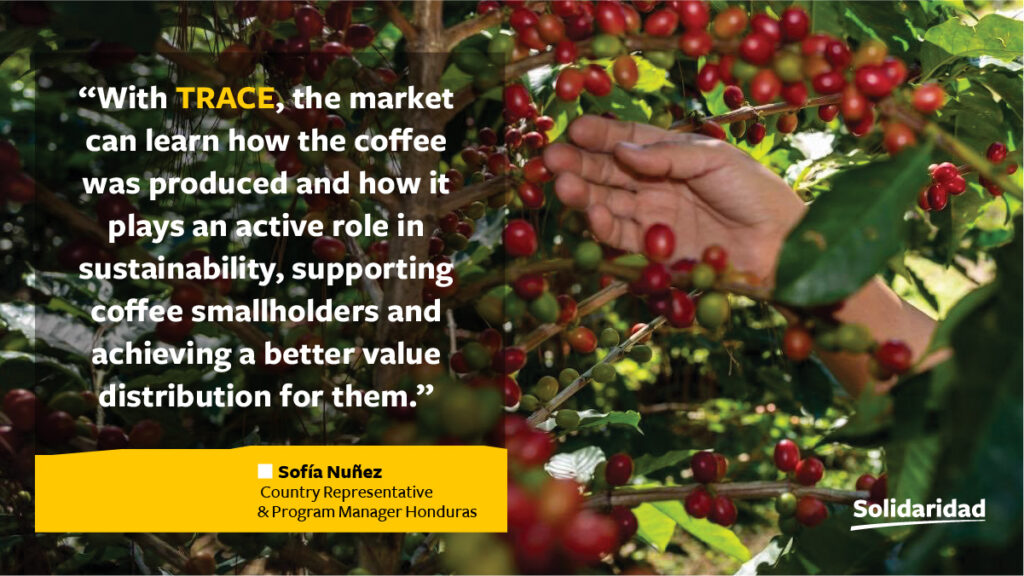
Also, having a digital record of all the transactions carried out gives smallholders the opportunity to access bank credits. In this way, they can change from conventional production to an attractive business model that allows them to improve their income per year.
What are some other benefits of using TRACE?
SN: There are many benefits to using digital tools like this. From the moment the coffee beans are harvested, the data is recorded and is visible to all members of the chain, who can verify it at any time.
For smallholders, using digital tools, such as TRACE, improves the value and transparency of their coffee. This builds trust in the market and throughout the chain, allowing coffee growers of any size to receive the true value of their work.

In partnership with Solidaridad and Fairfood, the Capucas Cooperative in Honduras is piloting the TRACE tool. Capucas has already sent a 100% traceable container of Honduran coffee as part of the RECLAIM Sustainability! programme.
In Honduras and in the global coffee sector, there are many traceability models being developed. But few models include transaction-level traceability and transparency like ours does.
Value Distribution and our work
At Solidaridad, we seek to improve smallholders’ lives through our work in sustainability. Smallholders’ economic viability is foundational for effecting environmental and social change. In our strategy for the period 2021-2025, value distribution is an important response to the premise that many smallholders cannot cover farm costs and do not generate positive net income.
When thinking about value distribution, we are not talking about an equal distribution of income in the supply chain. The links in the chain have different contributions and therefore their benefit may be higher or lower, but never equal. Value distribution should ensure that all links in the supply chain have a positive benefit as a result of their contributions, especially the smallholders.
Andrea Olivar, Strategy and Quality Director, Solidaridad Latin America


